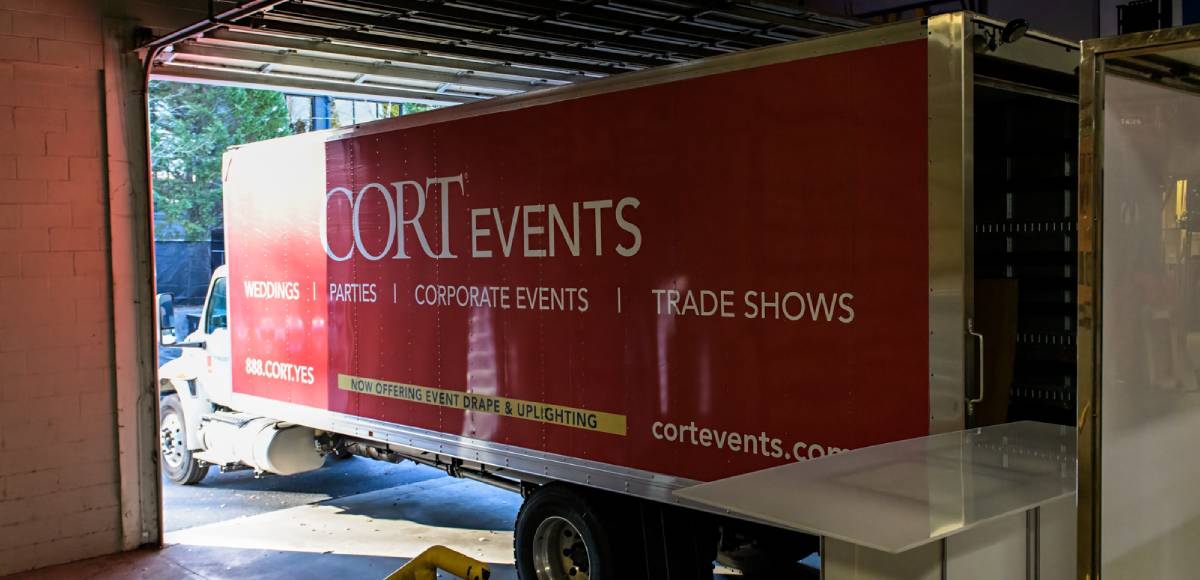The circumstances of 2020 have given added emphasis to the importance of having flexibility with events. You may be considering an online-only event or adding an online experience to your next in-person affair. It’s important to realize that these types of events require as much attention as in-person occasions.
When you’re planning these events, it’s crucial to ensure that online participants are as much a part of the action and community as in-person attendees. Keep the following factors in mind when planning a hybrid event.
Advantages to Hosting an Online Event — Or Adding an Online Component to Your In-Person Event
A hybrid event has more advantages than an event that’s in-person only for several reasons. Online options can open up your event to more participants, especially those who can’t afford to travel or don’t want to make the trip. You may also be able to book speakers who otherwise couldn’t appear in person. A larger pool of attendees also brings more money in for your event.
You can save money and time with a hybrid event by booking a smaller venue — or no venue at all. Events like these can make better use of resources because you’re not expending all of those resources on in-person attendance. Hybrid events open your planning up for more collaboration and creative ideas. The sky’s the limit when you’re creating an event for online and in-person participants.
Ensure That Registration Is Easy and Rewarding
It should be simple to register for your event. Use online forms or an app for registration. Participants should be able to register with as few clicks as possible, and they shouldn’t have to take too much time to register.
Rewarding your registrants for signing up will make them feel welcome, especially if they’re participating in your event online. If it means mailing material or swag to online participants, do it. Small extra touches can go a long way in making online participants feel like they’re as much a part of the event as someone who attends in person.
Content Is Crucial
It may sound elementary, but the content makes or breaks your event. When participants are online, you’re competing with anything in their life that may distract them from paying attention, so your speakers and hosts must be engaging to both online and in-person participants. Your content should be applicable and relevant to everyone involved. Don’t settle for content that won’t benefit your audiences because attendees will see them as filler.
Every aspect of your event content from videos to music to graphics to set design must work well for both audiences. Hire an expert camera crew to make your online presence better. And consider having separate audio engineers to mix the sound for in-person and online participants.
Make Sure Your Technology Is Top-Notch
When all or part of your event takes place online, your technology must be able to handle the demands you put on it. Nobody goes out of their way to remark about how well the technology works, but they’ll remember when it doesn’t. Tech failures on your end are inexcusable.
Make sure you have the best bandwidth and software at your fingertips, from your website and app hosting to your meeting software. Practice and test everything. Have a backup plan in case you have technical issues, and put redundancy in place for emergencies. A solid technological plan can prevent embarrassment and failure.
Avoid Digital Burnout
Let’s face it, just about everyone has gotten bored during an online meeting at one time or another. If you’re not strategic in planning your event, your online attendees may find themselves dealing with digital burnout. Don’t allow your online audience to get tired of watching their screens.
Variety is the key to keeping online viewers engaged. Steer clear of constant talking heads and slides because they’re a recipe for boredom. Instead, use different types of content to keep things interesting. Incorporate video, but make sure the quality is high. You may even want to consider animation if it’s within your budget to hire someone to create it.
Set a Schedule That Makes Sense
Even if you have the best content in the world, a poorly planned schedule can spell doom for your event. Keep your schedule at the forefront of your event preparation. Sessions and breakouts must work well for both in-person and online audiences. Make sure each section of your schedule isn’t too long or too short.
Build frequent breaks into the schedule, and allow ample time for meals — especially because online participants may be cooking their own meals at home. Break up the monotony of speeches and lectures with interactive features like Q&A sessions, live polls, and networking opportunities.
Look Your Best
Like it or not, we live in a visual culture, so it’s important that your event looks attractive. Everything about your event should have a brand that ties all your content together, and your visuals, graphics, and printed materials must look amazing.
Your onstage and on-air personalities need to look their best as well. Your speakers and hosts should wear clothing and colors that translate as well on camera as they do onstage. Avoid black and/or white clothing, and stick with solids or simple patterns. You should also aim for a creative set design that looks as good on camera as it does in person. The visual appeal of your event can go a long way toward its success.
One of the best things you can do to ensure a successful event is to partner with CORT Events. CORT can help you with creative and inspiring ideas that make every aspect of your event excellent. You can save money by renting furniture and decor instead of buying those items. CORT also takes care of delivery and setup. When you’re ready to plan your next online or hybrid event, give CORT to help set you up for success.
Photo by Matheus Bertelli from Pexels




